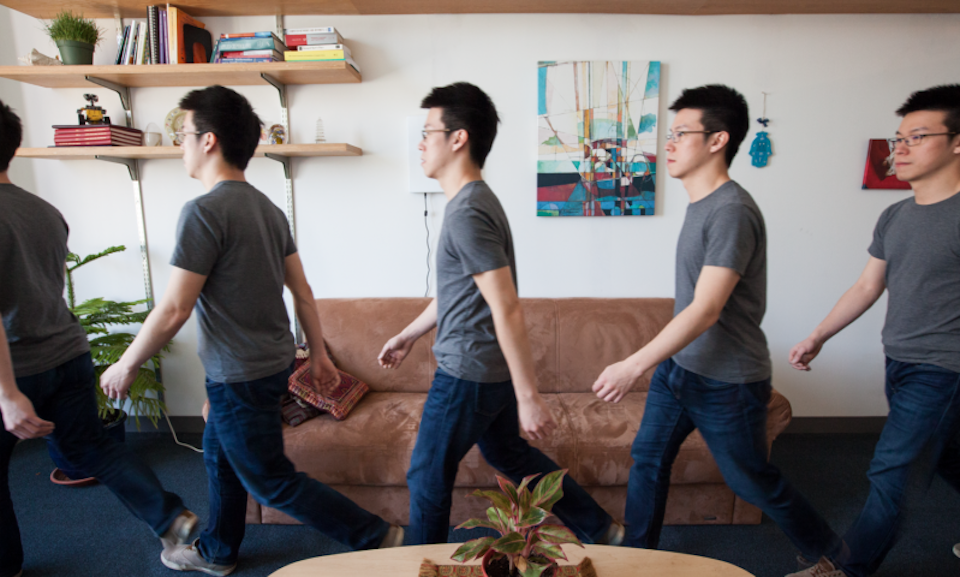As health sensors become more discreet, and fused with commonly worn devices, Kyocera has integrated a tiny, optical sensor into its earbud. The hybrid music/phone/health use wearable measures blood flow in hypodermal tissues using...
Sensors
Transparent, stretchable lens sensor for diabetes, glaucoma detection
UNIST professors Jang-Ung Park, Chang Young Lee and Franklin Bien, and KNU professors Hong Kyun Kim and Kwi-Hyun Bae, have developed a contact lens sensor to monitor biomarkers for intraocular pressure, diabetes mellitus, and other...
Wall sensors monitor walking speed, stride, to track health
MIT’s Dina Katabi, Chen-Yu Hsu, and colleagues have developed WiGait, a wall sensor that detects walking speed and stride to monitor health. This builds on previous MIT research which showed that radio signals could track breathing and...
Sweat sensor for cystic fibrosis detection, drug optimization, glucose monitoring
Carlos Milla, Ronald Davis, and Stanford and Berkeley colleagues have developed a wearable sweat sensor for detecting cystic fibrosis, diabetes and other diseases. It can also aid drug development and personalization, and continuously monitor...
Verily’s health sensing research watch
The Verily Study Watch passively captures health data for continuous care platforms and clinical research. Key features described by the company include: Multiple physiological and environmental sensors are designed to measure relevant signals for...
Apple reportedly developing non-invasive glucose monitor
CNBC’s Christina Farr has reported that Apple has been quietly developing a non-invasive, sensor-based glucose monitor. The technology has apparently advanced to the trial stage. Diabetes has become a global epidemic. Continuous monitoring, automatic insulin delivery,...
Solar powered, highly sensitive, graphene “skin” for robots, prosthetics
Professor Ravinder Dahiya, at the University of Glasgow, has created a robotic hand with solar-powered graphene “skin” that he claims is more sensitive than a human hand. The flexible, tactile, energy autonomous “skin” could be...
Future hearable sensors could track physical, emotional state
Apple has filed patent applications describing wireless earbuds that monitor health while a wearer talks on the phone or listens to music. This has obvious exercise-related implications, but could potentially track the physiological impact...
Soft, flexible “skin-like” electrodes could improve brain interfaces
Stanford professor Zhenan Bao‘s latest flexible electronic initiative is the development of a plastic electrode that stretches like rubber but carries electricity like wires. This could be improve implanted brain interfaces which require soft and highly sensitive...
Thin, flexible, insulated sensor could monitor the heart for 70 years
Northwestern’s John Rogers has developed a sensor that can monitor electrical activity irregularities in the heart for 70 years. The sensor is much safer and more refined than current technology, which degrades easily, and can harm...









